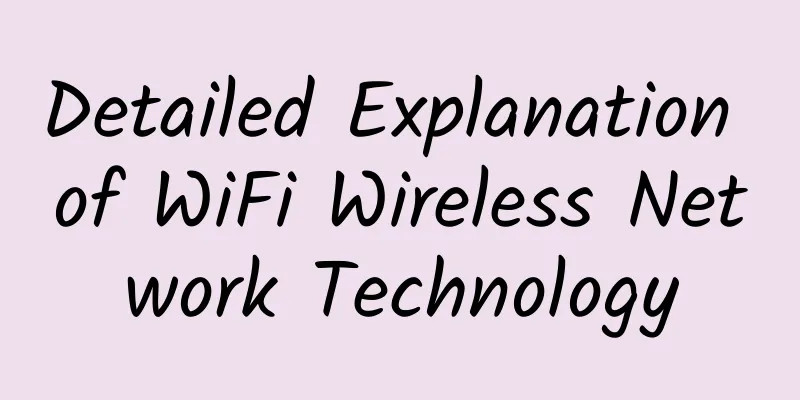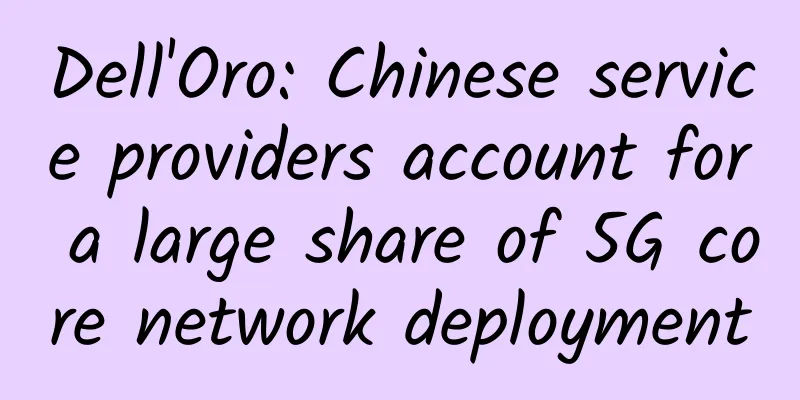How to make 5G a reality and what are the current challenges facing 5G?

|
5G will significantly increase data transmission speeds, shorten response times, and provide enough bandwidth for the Internet of Things to connect billions of devices, but what development elements are needed to realize 5G? Today, we rely on the Internet to ensure that all of our electronic devices stay connected so that we can do everything we want to do - send emails, read online, chat with friends, and watch streaming videos. As the Internet becomes more and more integrated into our lives, it becomes more and more important - no one likes the experience of network waiting time; people just want to send emails, receive messages, and stream their favorite TV shows online instantly. Although 4G networks have provided very good services, this does not stop us from looking forward to a better future - 5G networks!
Some people may ask, since 4G can meet most of the current needs, why do we need 5G network? Because 5G can provide faster transmission speed; and, more importantly, as time goes by, no matter how many people are connected at the same time, it can provide enough bandwidth to execute every user's command without disconnection or speed reduction. In fact, 5G network provides "always on" connection quality. Furthermore, when it comes to network latency and the increasing demands and expectations of users, 4G technology may not last long. Compared with the 40 milliseconds (ms) to 60ms latency of 4G technology, the proposed ultra-low latency of 5G networks can reduce latency to 1ms to 10ms, providing users with real-time response. For example, it allows spectators in a stadium to watch real-time images shot by different cameras from different angles without any delay. So, what development elements are needed to realize 5G? The latest version of the 5G standard has just been authorized, and further revisions will be completed in 2020. Other 5G-related commercial applications will also appear soon. It is reasonable to estimate that in a few years, we will begin to see users using 5G-related services. Industry analysis agency Ovum predicts that the number of 5G users will grow to 24 million by 2021. The 2018 Winter Olympics in PyeongChang, South Korea, became the first major test bed for 5G technology, showcasing what types of services 5G can provide, including new video technologies that will completely transform the experience of watching live sporting events, and many more tests will be conducted around the world between now and 2020. Recently, EE conducted the UK’s first 5G test, reaching data speeds of nearly 3Gbps, while Vodafone Group (a British multinational telecommunications company) also announced its first 5G data connection test in Italy. 5G will use higher frequency bands - higher frequency signals than the current 4G. 5G may use bands as high as 6GHz, while 4G uses only 20MHz. This means that the new bands will be less data congested - which is crucial for the Internet of Things (IoT), especially as the number of IoT terminal devices is expected to grow to 75 billion by 2025, and the demand for mobile data services is generally expected to continue to rise. Current Challenges Facing 5G The Internet is rapidly becoming saturated, and new standards need to be developed to meet future needs. 5G is not only just getting started, but there are still many challenges to overcome in the next few years. In many ways, these are similar to the challenges faced when planning and deploying 4G networks, but the biggest challenge to overcome now is the availability of spectrum. In addition, costs and network architecture must also be taken into account. Spectrum availability is always a challenge; however, it is critical to the success of 5G. It is well known that the frequencies used for 3G and 4G are already too congested, so new spectrum is needed to cope with the increasing demand. 5G will use the proposed higher 6GHz band to achieve the required data transmission speeds. The allocation and management of spectrum is up to each country's government, however, there is little consensus among countries to date. Changes here are necessary to make 5G services work globally. In addition, to ensure that 5G spectrum is not exhausted, it may be necessary to develop smarter ways to use spectrum, such as allocating only the spectrum required for each mission. As with 4G, cost is a big consideration. But until the technology required for 5G is actually developed and tested, no one can really know how much it will cost to deploy the network infrastructure. Likewise, if 5G is to deliver its full benefits, the price of 5G phones and services for businesses and consumers must be affordable. Simply being able to download more data at a faster rate doesn’t mean people will be willing to pay more per month than they do for 4G services today. Another consideration is whether all devices are ready for 5G. It is possible that when we introduce this new super-fast network, there will not be any compatible devices yet. This is a major concern for the 2018 Winter Olympics Committee. Byeong-Moo Lee, vice president of Olympic business at Korean telecom company KT, said: "We are not sure whether there will be enough devices in place. We are currently working with all major suppliers to get as many devices as possible. Our main target is smartphones, but tablets and wearable devices are also considered." Will there be demand for 6G in the future? The scale of the development of the Internet of Things is astronomical. Soon, every technology will have wireless networking capabilities, forming a super-large network and causing network congestion - from washing machines and refrigerators to animal sensors on farms, sports bracelets, and even trash cans and self-driving cars, etc., coupled with consumer expectations and demands, communication networks must keep up with the times. Simply put, consumers don’t care whether they use Wi-Fi or Bluetooth, they just want their electronic devices to work at any time and in real time. Compared to previous generations of network technology (such as 1G, 2G and 3G), it is crucial for 5G to introduce the right infrastructure immediately. This means that in the near future, we can update through simple upgrades without completely replacing it - this not only refers to hardware, but also must focus on software. Typically, mobile data technology is built around hardware, but 5G takes a different approach, focusing on software, which is relatively simple to update than hardware. If software upgrades are done correctly and appropriately, we may not need 6G in the future, but only time will tell. Future Outlook of 5G Although there is still a long way to go in reality, the 5G era is coming, and when it really comes, people will not be able to imagine life without 5G. 5G will likely change the world as we know it, it will significantly increase data transmission speeds, shorten response times, and provide enough bandwidth to connect billions of devices in the Internet of Things, thus opening up new paths for innovative technologies and services. |
<<: With blockchain, data center data security will be higher
>>: World Cup employees are distracted and use enterprise-level routing to control
Recommend
Huawei and China Telecom jointly release innovative results of "Cloud Network Core Capabilities", leading a new paradigm of strategic cooperation
On March 1, during MWC22 Barcelona, Huawei and ...
Outlook for domestic 5G development in 2021 (I): Current status
The development of 5G has now become another hot ...
A simple introduction to the consensus algorithm Raft
[[417323]] This article is reprinted from the WeC...
Three highlights of the RedCap industry in 2023: New blue ocean of IoT and the journey of commercial use
With the continuous evolution and development of ...
What are the advantages of using wireless mesh networks in enterprises?
In the traditional wireless network usage environ...
LAN vs. WLAN: Connecting the Wired and Wireless Worlds
Local Area Networks (LANs) and Wireless Local Are...
HPE Aruba Networking: IT leaders lack awareness of how networking can enhance the employee experience
At present, the demand for hybrid office continue...
[6.18] iOVZ VPS 20% off monthly payment and 30% off annual payment, Hong Kong VPS gets double memory
iOVZ Cloud released this year's 618 event pla...
Thousands of face photos can be bought for 2 yuan! CCTV reveals the black market of AI! The truth is far more than this
On October 27, CCTV News reported last night that...
With the three major operators working together to promote 5G messaging, how far is it from success?
On April 8, China Mobile, China Telecom, and Chin...
Photos: 2017 Huawei Connect Conference leaders and guests' wise words
HUAWEI CONNECT 2017 opened on September 5 at the ...
CMIVPS Hong Kong VPS upgrade CN2 GIA line from as low as $2/month
CMIVPS sent an email yesterday about upgrading th...
A brief introduction to intent-based networking (IBN)
In campus networks, there are many emerging trend...
Expert Viewpoint: Is it time to go wireless?
Regardless of any technical requirements, the adv...
Meet challenges and continue to innovate: Cisco Meraki opens a new hybrid office model
In the post-epidemic era, hybrid office has becom...









